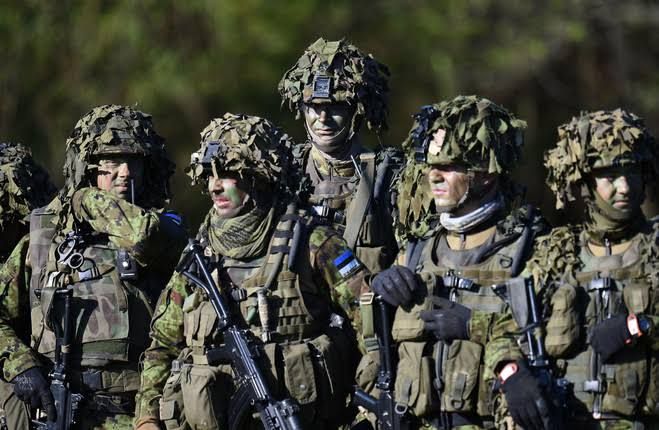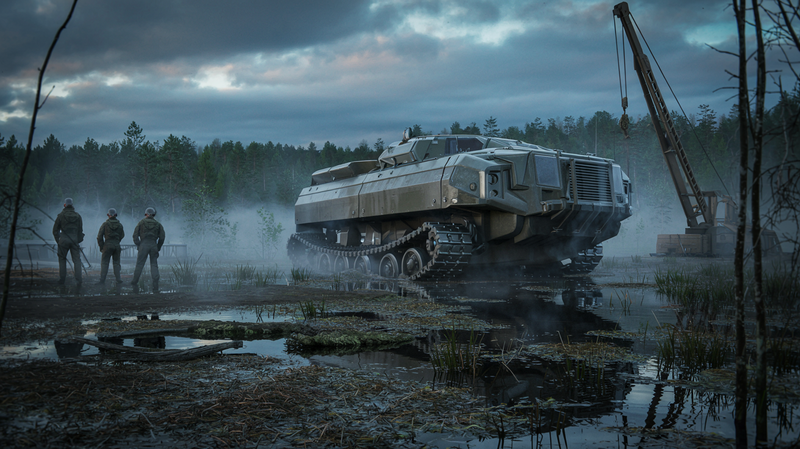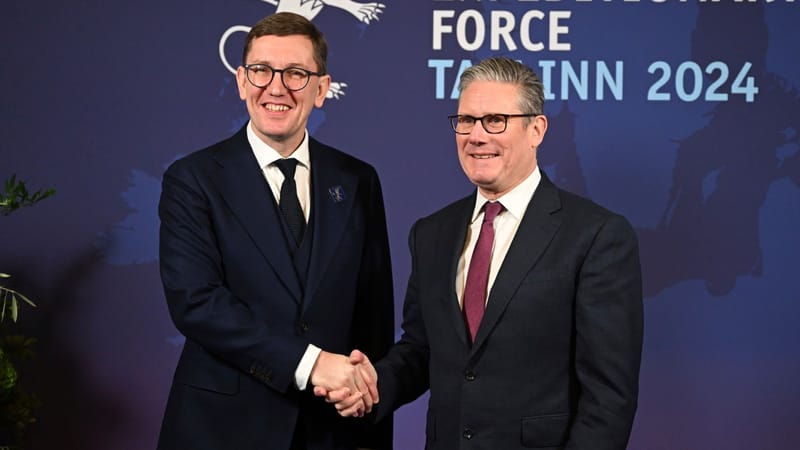Estonia's Defense Revolution: A Massive Military Investment Amid Rising Tensions
In an unprecedented move reflecting heightened security concerns, Estonia has announced its largest-ever defense spending plan, driven primarily by the Russian invasion of Ukraine. The Baltic nation plans to invest approximately $14.5 billion in defense over the next decade, according to the Defense Ministry in Tallinn. This significant boost

In an unprecedented move reflecting heightened security concerns, Estonia has announced its largest-ever defense spending plan, driven primarily by the Russian invasion of Ukraine. The Baltic nation plans to invest approximately $14.5 billion in defense over the next decade, according to the Defense Ministry in Tallinn. This significant boost in military expenditure is expected to increase Estonia's defense spending to 3% of its GDP from 2024 to 2027, up from the current 2.85%.
This substantial investment, which includes an additional $1.1 billion for ammunition, is based on an updated threat assessment of Estonia's surrounding regions, particularly the Baltic Sea. Notably, the budgetary allocation for military costs between 2023 and 2026 anticipates that procurement will consume 54% of the expenditure.
Gen. Martin Herem, the commander of Estonia’s forces, outlined a variety of acquisitions that are already part of, or will soon join, the country's National Defence Development Plan 2022-2031 during a press conference last Friday. Israeli manufacturers feature prominently in the procurement list, including the Harpy long-range loitering munitions by Israel Aerospace Industries (IAI), which Estonia expects to receive starting next year.
Estonia's Defense Minister, Hanno Pevkur, underscored the strategic importance of these weapons, highlighting Russia's extensive use of indirect fire in Ukraine. He emphasized that such weaponry would allow Estonia to engage the enemy from a longer distance. Further, Estonia plans to enhance its anti-tank capabilities with the acquisition of Spike missiles, developed by Israel's Rafael, over the next two years.
The Estonian Navy will incorporate the "Blue Spear" anti-ship land-to-sea missiles for coastal defense, expected to be operational by the first half of next year. These missiles, produced by Proteus Advanced Systems – a joint venture between IAI and Singapore’s ST Engineering Land Systems, are expected to be delivered by the end of 2023.
The increasing military cooperation between Estonia and Israel comes after the former altered its policy last year, deciding to abstain from voting on UN resolutions condemning Israeli actions in the West Bank and Gaza Strip. This shift was interpreted by many analysts as an effort to align more closely with the United States.
The strengthening of Estonia's armed forces extends beyond Israeli partnerships, however. The general also announced that by 2026, two Estonian brigades would receive 36 K-9 155mm self-propelled howitzers from South Korean arms manufacturer Hanwha Defense, 18 of which are already in Estonia. The country's airborne capabilities are set to be enhanced with several HIMARS rocket launchers from Lockheed Martin, known for their pivotal role in repelling Russian forces in Ukraine.
Estonia also plans to replace its existing air defense radars and significantly improve its surveillance and communication systems by 2027. As part of this upgrade, the government has awarded a contract to Polish company Mesko for the provision of Piorun portable anti-aircraft missile systems designed to neutralize low-flying aircraft, helicopters, and drones.
The country is also expected to deploy the German medium-range air defense system IRIS-T by 2025, following its joint procurement with Latvia announced last month. In addition to new weapon acquisitions, military leaders plan to expand the size of the armed forces from 26,000 to 36,000 troops before the year's end.
This colossal investment in defense underscores Estonia's resolve to strengthen its military capabilities amid an increasingly tense geopolitical environment. By forging strategic partnerships and implementing significant modernization plans, the country aims to ensure its security in the face of potential threats.




